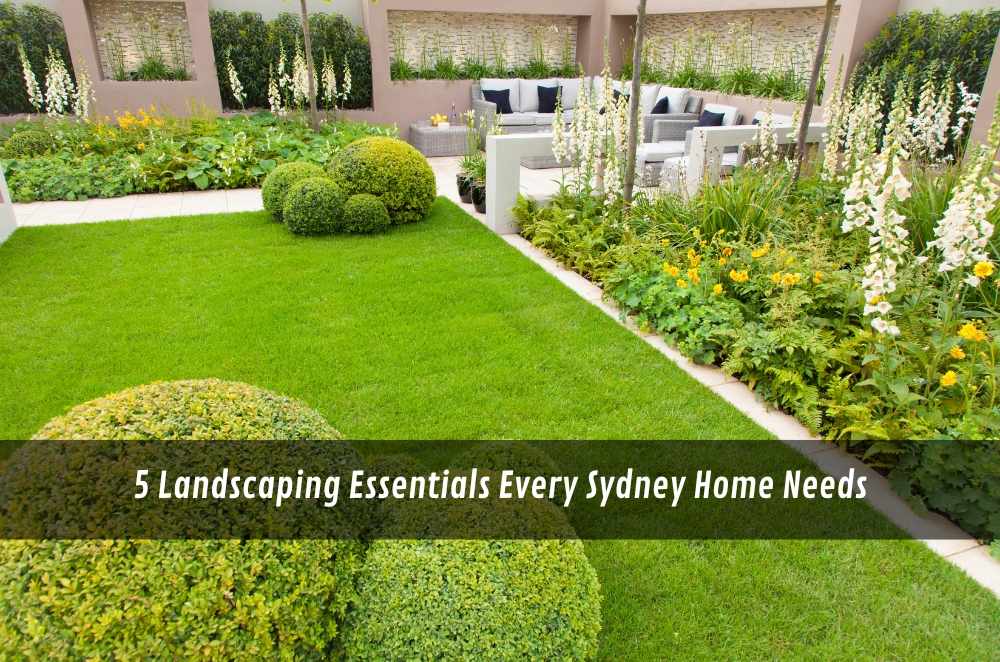
First hot weekend of the year, I walked a Camden block with a couple who’d inherited a tired lawn and patchy hedges. We paused, listened to the site—neighbour noise, sun arcs, dogs that ruled the side yard—and sketched a plan that felt more like a routine than a makeover. Low-water beds, cool afternoon shade, weekend-proof paths. That’s the mood of 2025: practical, calm, and designed for real life. It’s also why homeowners lean on landscaping Camden experts—not for big gestures, but for small, durable moves that keep gardens easy to live with when the week gets busy and the temperature fluctuates.
What’s shaping Camden yards in 2025
Camden’s climate and lifestyle push designs toward comfort, water sense, and low-fuss maintenance. Trends are less about spectacle and more about how a space works Monday to Sunday.
Microclimates: Mapping hot corners and breezy lines creates seating that stays comfortable across seasons.
Zoned planting: Grouping by water needs simplifies irrigation and reduces weekend chores.
Everyday paths: Stable, non-glare surfaces make wheelbarrow runs and pram traffic straightforward.
Quiet screening: Layered shrubs and trellises soften views without turning the yard into a wall.
The strongest projects start with observation—how you move, where heat lingers, and what you want to do outside. Once that’s clear, the materials and plants fall into place without fuss.
Sustainable materials and water-wise design
Costs and climate make resource efficiency non-negotiable. The win is that efficiency and comfort usually arrive together when details are right.
Permeable hardscape: Joints that take rain reduce puddles and feed the soil slowly and steadily.
Mulch logic: A consistent 7–8 cm layer keeps roots cool and stretches water between top-ups.
Smart irrigation: Drip lines with timers deliver small, regular drinks without guesswork.
Local stone and timber: Short transport and familiar weathering patterns mean fewer surprises.
For a plain, principles-first take on planning and plant choice, landscaping garden design outlines how circulation, shade, and water management knit together so a garden reads coherent rather than piecemeal.
Layouts that serve busy weeks
A good layout means less negotiating with the yard and more using it. In 2025, we’re seeing flexible spaces that shrink or expand depending on the day.
Modular zones: Movable furniture and planters let dining areas become a play space without drama.
Service spines: Clear runs to bins, sheds, and side gates stop wear tracks through lawns.
Work nooks: Small, shaded desks outdoors make remote days feel less boxed in.
Dog corridors: Durable, shaded strips protect beds and keep paws off delicate areas.
When a plan respects how the household actually moves, upkeep drops. For a nuts-and-bolts look at when to hire help versus DIY, a straightforward read on professional garden services explains where expertise saves time and where weekend energy is enough.
Comfort, colour, and plant palettes
The easiest gardens to maintain are the ones you want to be in. Comfort cues and colour choices do work quite well in the background.
Shade staging: Deciduous cover near seating cools summer lunches and lets winter sun through.
Soft edges: Groundcovers at path margins reduce glare and invite bare feet.
Palette discipline: Three foliage tones and one accent keep beds calm rather than noisy.
Edible pockets: Herbs near the kitchen door make maintenance a habit rather than a task.
I’ve watched people linger longer once the glare drops and the wind is tamed by layered planting. That extra time outside is the sign that the design is working, not just looking tidy.
Hardscape updates that last
Hard surfaces take the brunt of traffic and weather. Durable choices pay dividends in safety and reduced maintenance.
Non-slip textures: Subtle tooth on pavers balances hose-down cleanability with wet-day grip.
Cool-touch materials: Lighter tones and shaded routes keep feet comfortable in summer.
Honest drainage: Gentle falls and strip drains stop ponding before it becomes a habit.
Service access: Pop-up covers and clean inspection points make future fixes painless.
If you’re weighing longevity against budget in the metro context, plain-language roundups of Sydney landscaping tips sketch how small, robust details carry a project further than flashy elements that age badly.
Planting that survives heat and weekends away
Plants that suit the place need less pleading and fewer rescues. That’s the heart of resilience in Camden’s stop-start weather.
Right root zone: Wider, shallower watering suits many shrubs better than deep, rare soakings.
Mulch consistency: Matching texture across beds keeps moisture levels predictable.
Wind breaks: Low, porous screens slow desiccating gusts without creating turbulence.
Succession colour: Staggered bloom times keep interest without monthly replanting.
A simple maintenance calendar pinned near the hose—monthly mulch check, seasonal prune, quarterly irrigation test—turns upkeep into a quiet rhythm instead of a sprint.
A short field note from a recent build
Early autumn, a family in Elderslie wanted a yard that didn’t unravel during school terms. We set a path that carried bins and bikes without chewing the lawn, poured a small, permeable patio where the morning sun ran soft, and tucked a service strip beside the fence for tools and a raised bed. The plants were steady doers: hardy shrubs to shoulder wind, groundcovers to cool pavers, and a herb run close to the kitchen so dinner decisions watered the garden by habit. Six weeks in, they sent a photo—kids drawing on the patio, dog asleep in the corridor, rosemary reaching for light. No heroic features, just comfortable moves that asked little and gave a lot. That’s the 2025 shape of Camden gardens: modest structure, thoughtful materials, and planting that forgives busy weeks while still feeling good underfoot.








Write a comment ...